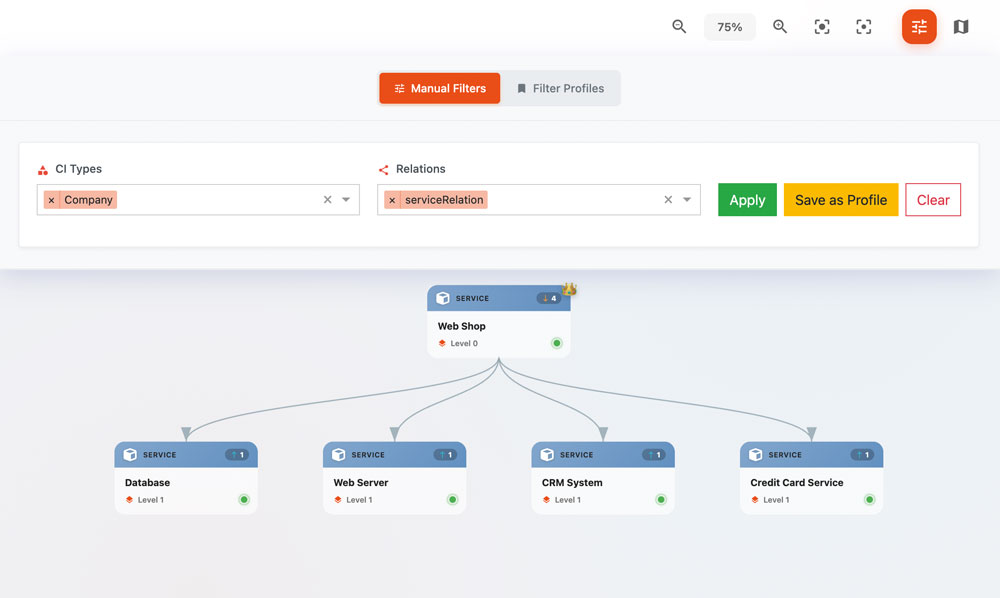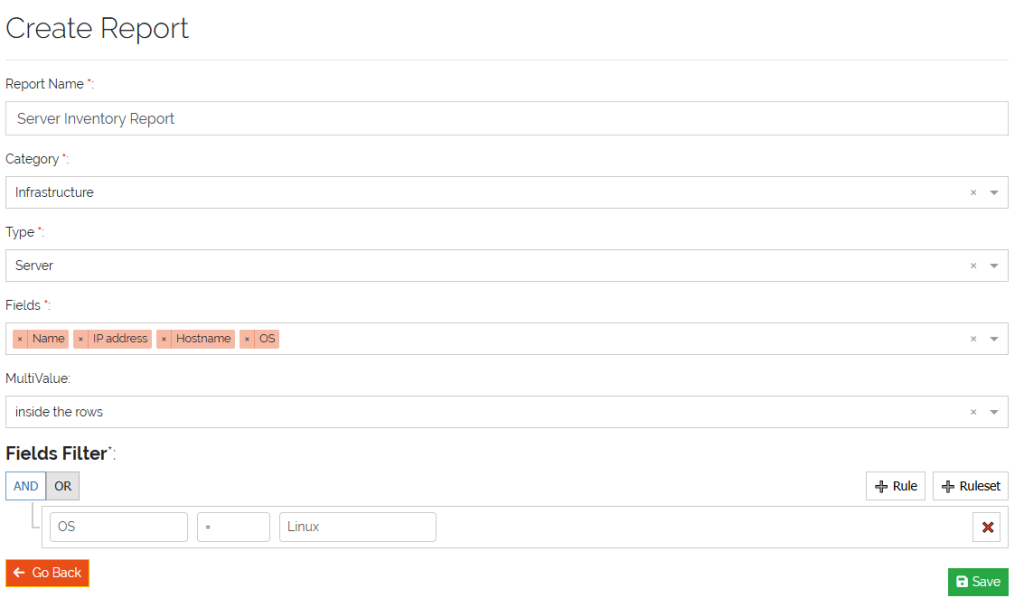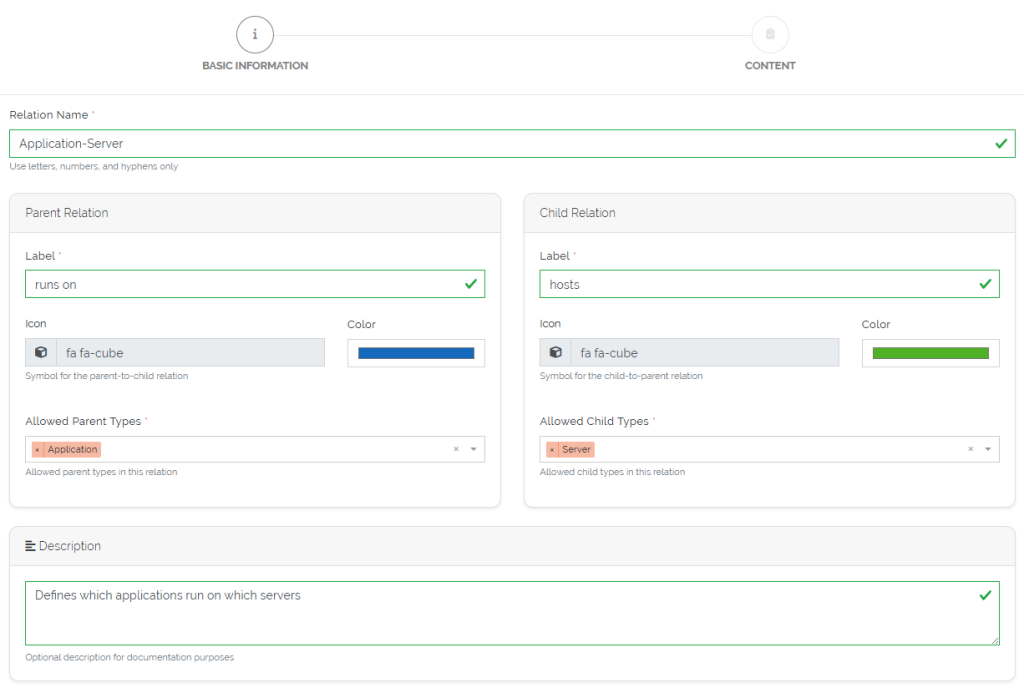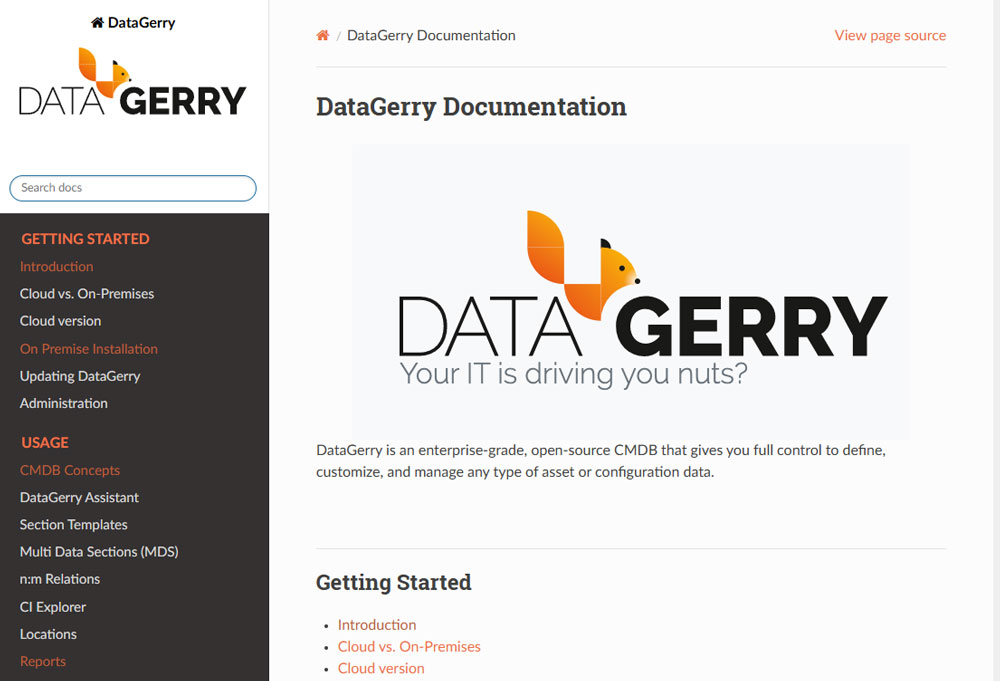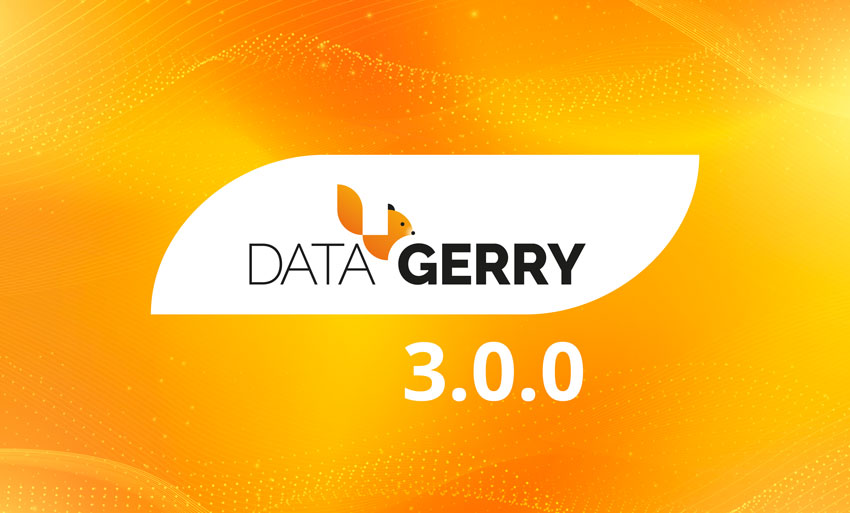
We’re excited to release DataGerry 3.0.0 — a major milestone packed with powerful new features and foundational improvements. Features like an fully integrated ISMS and CI-Explorer helps you’re managing your config items smarter and more flexibly.
THESE ARE THE NEW FEATURES OF THE DATAGERRY UPDATE 3.0.0 IN DETAIL:
Fully Integrated ISMS Module
With version 3.0.0, DataGerry takes a major leap forward by introducing a fully integrated Information Security Management System (ISMS) module. This feature-rich addition is built to support organizations in implementing structured, standards-aligned risk management processes — including compliance with ISO/IEC 27001 and similar frameworks.
The ISMS module lets you configure and interlink all critical components of your security landscape:
You can define risk classes, impact categories, likelihood levels, protection goals, threats, vulnerabilities, and controls. These elements become the foundation for building detailed risk entries and conducting risk assessments.
Each assessment includes a before-and-after view of risk levels, responsibilities, treatment plans, estimated costs, and audit status — giving you end-to-end visibility and traceability. You can assign risks to specific assets already stored in your CMDB, keeping your technical and security data tightly integrated.
A powerful reporting system complements the module, allowing you to generate in-depth overviews of risks and assessments, filter by key attributes (like impact or status), and document your risk landscape over time.
Whether you’re preparing for an audit, building your first risk registry, or continuously improving your security posture, the ISMS module empowers you to manage it all — directly inside your CMDB, with the flexibility and structure you need.
CI Explorer – Your Data, Visually Connected
The new CI Explorer lets you interactively explore object relationships in a dynamic graph. Your selected object is displayed in the center, with related parent and child objects visually branching out above and below it. From there, you can navigate in either direction to explore deeper relationships.
The explorer supports zooming, dragging, and even a mini-map for better orientation. A built-in profile manager lets you filter which types and relationships should be visible, and you can save your configuration for later use.
This feature helps you quickly understand dependencies, troubleshoot configurations, or simply visualize the structure of your system in a much more intuitive way.
Reporting System
Reporting has received a complete overhaul in version 3.0.0. You can now create detailed, structured reports based on any type in your CMDB. The new interface allows you to select which fields to include, define how multi-value fields should be displayed, and apply advanced filters using nested AND/OR logic.
Once created, reports can be executed directly from the UI and exported to CSV for further analysis or sharing. Report categories help you keep things organized, and everything is designed with reusability in mind.
Whether you’re generating inventories, compliance lists, or usage reports — this system puts powerful data analysis directly in your hands.
Many-to-Many (N:M) Relationships
One of the most requested features has finally arrived: support for n:m (many-to-many) relationships between objects. This powerful enhancement allows you to model complex, real-world connections that go far beyond traditional parent-child hierarchies.
For example, you can now link a single server to multiple applications — and those applications can, in turn, be linked back to multiple servers. These flexible relationship structures are ideal for representing shared infrastructure, redundant systems, multi-tenant environments, or any scenario where objects play multiple roles across different contexts.
This update opens the door to a deeper, more accurate mapping of your dependencies, whether you’re modeling IT systems, business processes, or organizational structures.
Webhooks Integration
Webhooks allow you to connect DataGerry to external systems by triggering HTTP calls when specific events occur. Whether you’re updating documentation tools, notifying monitoring platforms, or kicking off automation in your DevOps pipelines, webhooks make it possible.
At the current stage, webhooks are focused on object-related events, such as object creation, updates, and deletions. This already opens up a wide range of integration possibilities, especially for keeping systems in sync or reacting to changes in near real-time.
More event types are planned for future versions, but this first release lays a strong foundation for seamless and automated interactions between DataGerry and your surrounding ecosystem. Just configure an endpoint, choose your event triggers, and DataGerry handles the rest.
Redesign of our Documentation
With version 3.0.0, we’ve restructured our documentation to provide a much clearer and more intuitive overview of the platform. The new structure is easier to navigate and better aligned with how users actually work with DataGerry — whether you’re configuring Types, setting up automation, or working in the Cloud.
In addition, our API is now being documented in the widely adopted OpenAPI format. This gives users a consistent and standardized way to understand and access the available endpoints.
The documentation is continuously evolving and will keep growing as we refine and expand the platform — but with this release, we’ve laid the foundation for a much smoother experience.
Ready for the Future
DataGerry 3.0.0 is more than just a version update — it’s a foundation for future growth. With the ISMS module, CI-Explorer, n:m relationships and a deeply integrated reporting system, this release opens up new use cases and offers even more value to our users.
We’d love to hear your feedback as you try out the new features.
For a detailed overview of all changes in version 3.0.0, check out the full changelog here: https://docs.datagerry.com/en/latest/sources/changelog.html
Thanks for being part of our journey!
— Your DataGerry Team
Instant contact
Do you have any questions, suggestions, requests or are you facing a particular challenge? We look forward to hearing from you!
+49 (0) 89 608668-0


